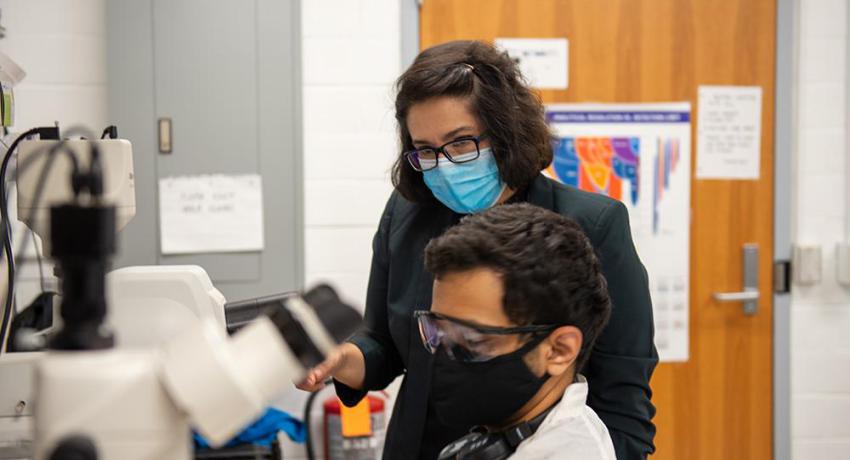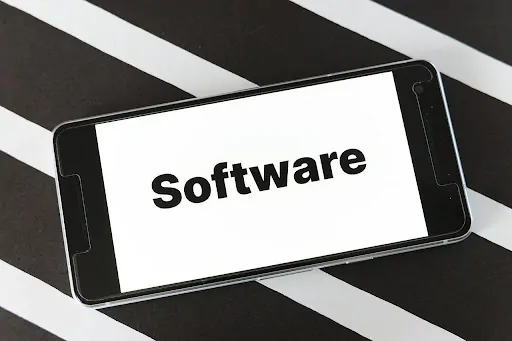Smarter Tools, Smarter Chips: Erik Hosler on Machine Learning in Equipment Calibration

Maintaining calibration across the thousands of tools operating inside a semiconductor fab is a never-ending challenge. As process nodes shrink and tolerances tighten, even the slightest drift in equipment performance can impact yield, reliability or line productivity. Traditional calibration methods depend on fixed schedules, operator oversight or rule-based systems that often fail to keep up with dynamic manufacturing conditions. Erik Hosler, a proponent of smart manufacturing systems, understands that leveraging machine learning to create self-improving calibration tools is critical to preserving precision while reducing human intervention.
The move toward self-calibrating systems powered by AI is transforming fab operations from reactive maintenance to continuous optimization. These tools can learn from operational data, recognize patterns of deviation, and automatically recalibrate parameters in real-time. This shift not only improves consistency and uptime but also supports fabs as they strive to balance high throughput with zero-defect manufacturing.
The Calibration Challenge in Advanced Fabs
In modern semiconductor production, calibration impacts everything from etch uniformity to overlay accuracy to implant dose consistency. Equipment must remain within extremely tight tolerances across hundreds of variables, and even small shifts can result in wafer defects or process variability. Traditionally, calibration involves scheduled checks, manual measurements or fixed thresholds that trigger intervention.
However, as devices scale to sub-5nm dimensions, this periodic model falls short. Variability can emerge between scheduled intervals, and detecting it often depends on lagging indicators such as downstream test failures or metrology deviations. The result is costly rework, lost wafers or reduced confidence in tool performance.
Limitations of Manual or Scheduled Calibration
Manual calibration relies on operator expertise and standardized procedures. While these methods work for routine adjustments, they are reactive and often inconsistent. Different operators may interpret the same signals differently, and time delays between detection and correction allow errors to propagate.
Scheduled calibration also introduces trade-offs. Calibrating too frequently wastes tool time and interrupts production, while calibrating too infrequently increases the risk of undetected drift. These cycles are typically set conservatively, leading to unnecessary downtime or latent errors, depending on the aggressiveness of the schedule.
As process complexity increases, these approaches struggle to maintain the accuracy required for next-generation nodes. A more adaptive solution is needed.
How Machine Learning Enables Self-Calibration
Machine learning models are uniquely suited to detect subtle trends and anticipate deviations before they reach failure thresholds. By continuously analyzing equipment data, such as temperature, pressure, power readings or material throughput, AI systems can identify signatures of drift or misalignment.
Self-calibration systems use these insights to adjust tool parameters in real-time. Rather than waiting for scheduled intervention or human input, the system learns what normal looks like, detects when behavior strays from that norm and initiates recalibration based on learned correction profiles.
This approach enables tools to stay within optimal operating ranges while reducing reliance on manual processes. Over time, the model improves its accuracy and responsiveness through exposure to more production scenarios and correction feedback.
Real-Time Feedback Loops and Parameter Adjustment
The core of self-improving calibration lies in real-time feedback. Sensors embedded in in-process tools continuously stream data to an onboard or edge-hosted AI agent. This agent monitors for anomalies, cross-references them with process recipes and compares tool behavior against high-yield historical profiles.
When the system detects conditions that suggest calibration drift, it takes corrective action. This may involve tuning plasma power, adjusting chuck temperature, recalibrating stage movement or modifying gas flow rates, whatever variables the system controls and has been trained to manage.
The feedback loop is immediate. Corrections are applied within the same wafer lot or between lots, minimizing process variation before it can impact output. This tight control not only improves yield but also extends tool availability by preventing performance degradation.
Model Retraining Through Tool Usage and Process Outcomes
One of the most valuable aspects of machine learning in calibration is its ability to evolve. As more wafers pass through a tool, the system accumulates data on process conditions, outcomes and interventions. It learns which deviations lead to yield loss, which calibration changes are most effective and how each variable interacts with others across process windows.
This data is used to retrain models during scheduled downtimes or as part of continuous learning pipelines. Retraining ensures that the system adapts to tool aging, material changes or evolving production targets without requiring explicit reprogramming.
Over time, this results in self-improving tools that get better at maintaining optimal performance. They understand their behavior, learn from past runs and become increasingly autonomous in managing their calibration needs.
Improved Yield, Reduced Downtime and Greater Process Stability
The benefits of machine learning-driven calibration extend across fab operations. First, yield improves as tools maintain tighter control over critical dimensions and uniformity. Fewer out-of-spec wafers mean less scrap and more reliable output.
Second, downtime decreases as fewer manual calibrations are required and interventions are predicted rather than reactive. Tools can be serviced more efficiently, and fab schedules are less disrupted by unexpected maintenance.
Third, process stability increases. Self-calibrating tools respond to micro-trends and prevent cumulative drift, leading to more consistent output across shifts, lots and product types. Engineers can trust that equipment is operating at target parameters without constantly checking or adjusting.
To reinforce the connection between precision tooling and advanced process capabilities, Erik Hosler notes, “Accelerator technologies, particularly in ion implantation, are enabling manufacturers to push the limits of miniaturization while maintaining the integrity of semiconductor devices.” That same need for integrity applies across every tool in the fab. AI-enhanced calibration ensures that this integrity is preserved even as tolerances tighten and devices become more sensitive to variation.
A Smarter Calibration Model for Future Nodes
Self-calibrating tools will be foundational for next-generation manufacturing. As chipsets, stacked architectures and hybrid integration become more prevalent, the complexity of tool interactions and process variability will only increase.
Fabs will require systems that not only maintain accuracy but anticipate and correct deviations across interconnected workflows. Self-improving calibration will extend beyond individual tools to influence entire process modules, enabling real-time harmonization of etch, deposition, metrology and inspection.
This will demand scalable architectures where AI agents communicate across equipment, share learned patterns and coordinate calibration decisions without human mediation. The foundation for that future is being built now through machine learning models embedded at the edge of the fab.
Calibrating for the Next Era of Smart Manufacturing
Machine learning is transforming calibration from a static procedure into a dynamic, intelligent capability. Self-improving tools can learn, adapt and evolve alongside the processes they support. They deliver consistent performance while reducing human effort, unplanned downtime and variation.
As fabs strive for higher throughput and lower defectivity, calibration will no longer be a background task. It will become a real-time, AI-driven function integrated into the core of smart manufacturing. With this shift, tools won’t just follow instructions; they will fine-tune themselves in pursuit of perfection.





